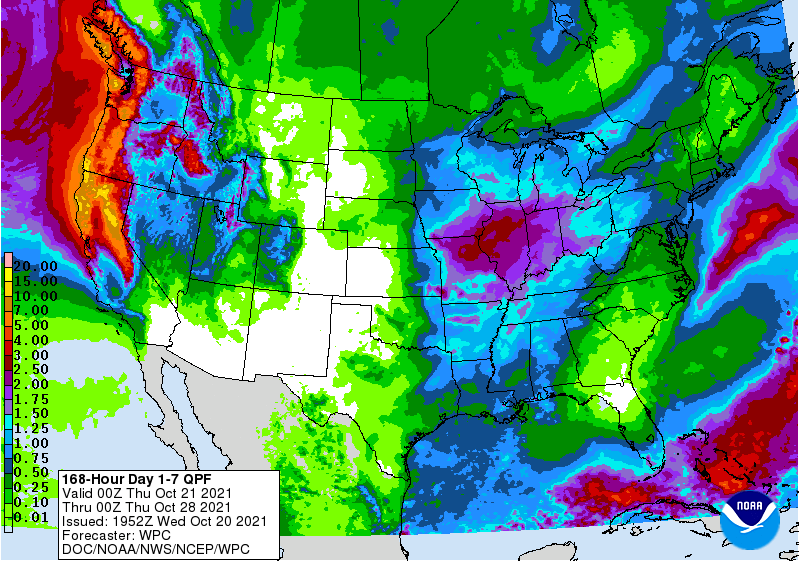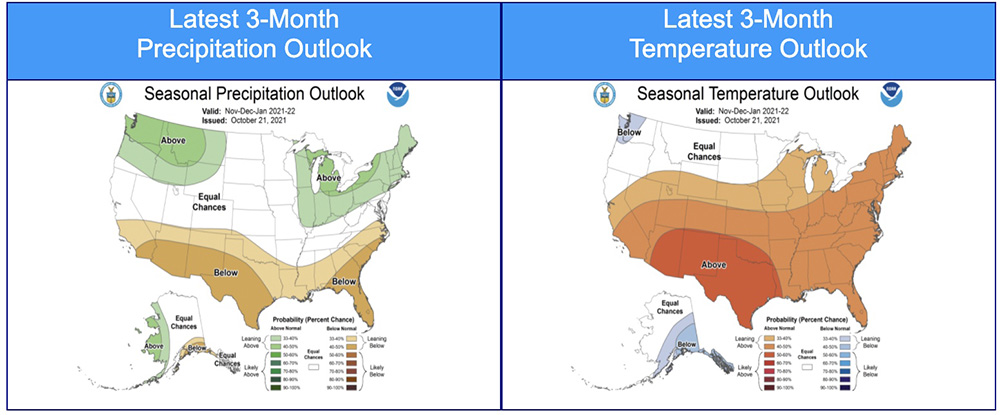
(This article was first published at Fire Aviation)
Hilary Franz, Commissioner of the Washington State Department of Natural Resources began her presentation Tuesday at the Aerial Firefighting Conference by describing a Christmas card sent by one of her predecessors in 1963. Commissioner Bert Cole wrote lamenting the devastation that the wildfires had caused that year in the state, burning 663 acres.
“The threats we face today,” she said, “is claiming 1,000 times that amount. Our firefighters face lengthening wildfire seasons starting earlier and ending later.”
When she was elected in 2016 to serve as Commissioner, the DNR had 40 full time firefighters and, “We had zero dollars appropriated every single year by the legislature to wildfire,” she said. “In fact, a legislature report just a decade ago concluded that the nine Vietnam-era Huey helicopters were too much and we might want to let a few of them go.”
But as fires have increased in recent years the policy of the DNR is now to launch helicopters “the moment smoke is in the air,” with the goal of keeping 90 percent of the fires to less than 10 acres.
In 2018 large fires in every corner of the state burned 440,000 acres. The DNR attempted to borrow aviation resources from other areas but none were available. Then 2020 was also very busy. By Labor day they had added another Huey to the fleet to bring the total up to ten and had a handful of single engine air tankers when the firestorm hit on the holiday. A small boy was killed as his family tried to outrun [the Cold Springs Fire].

“It was my first civilian loss in this job,” she said, “and I swore I’d do anything and everything to prevent that ever happening again. As the fires were blazing and increasing in size, once again, we were calling for more air resources to help us contain these fires. And once again, because fires were burning up and down the entire west coast with even worse destruction, we heard that there were none available and we didn’t have enough values at risk. In 2021 I said I would never ever do 2020 again. I would never rely on another state or federal agencies [for the resources we need]. We will definitely continue to partner, but we also need to take responsibility for ourselves. My one responsibility is to protect the people of Washington and the firefighters who put their lives on the line.”
In 2021 the fires were even worse in Washington, Oregon, and California. The nation was at Preparedness Level 5, the maximum, for months. The number of aviation resources in Washington grew from about 10 to 35. The way they were staged across Washington made it possible to have an aircraft at a fire within 10 to 30 minutes. More than 98 percent of the fires were suppressed during initial attack, and 94 percent burned less than 10 acres.
“Because we have so few resources to do the job we need to do, to me it’s actually basic,” the Commissioner said. “Don’t play with fire. If a fire starts put it out immediately. It costs less and does far less damage the smaller it is and the sooner you can catch it. So while I’m personally afraid to fly, I’m not afraid of others flying.”
After listing and thanking the aerial firefighting companies that helped provide aviation resources in 2021, she said, “Your aircraft truly helped us prevent what could have been one of the worst fire season in my lifetime.”
In April, 2021, Washington’s House Bill 1168 was signed by the governor. It commits $125 million every two years over the next four biennial budgets ($500 million in total) to boost wildfire response, accelerate forest restoration, and build community resilience. The bill makes it possible to hire 100 more firefighters, increase the number of firefighting aircraft, detect new fires more quickly, and begin fighting fires at night with helicopters.
After she spoke at the conference, we spent a few minutes with Commissioner Hilary Franz to get a few more details which you will see in the video below.











